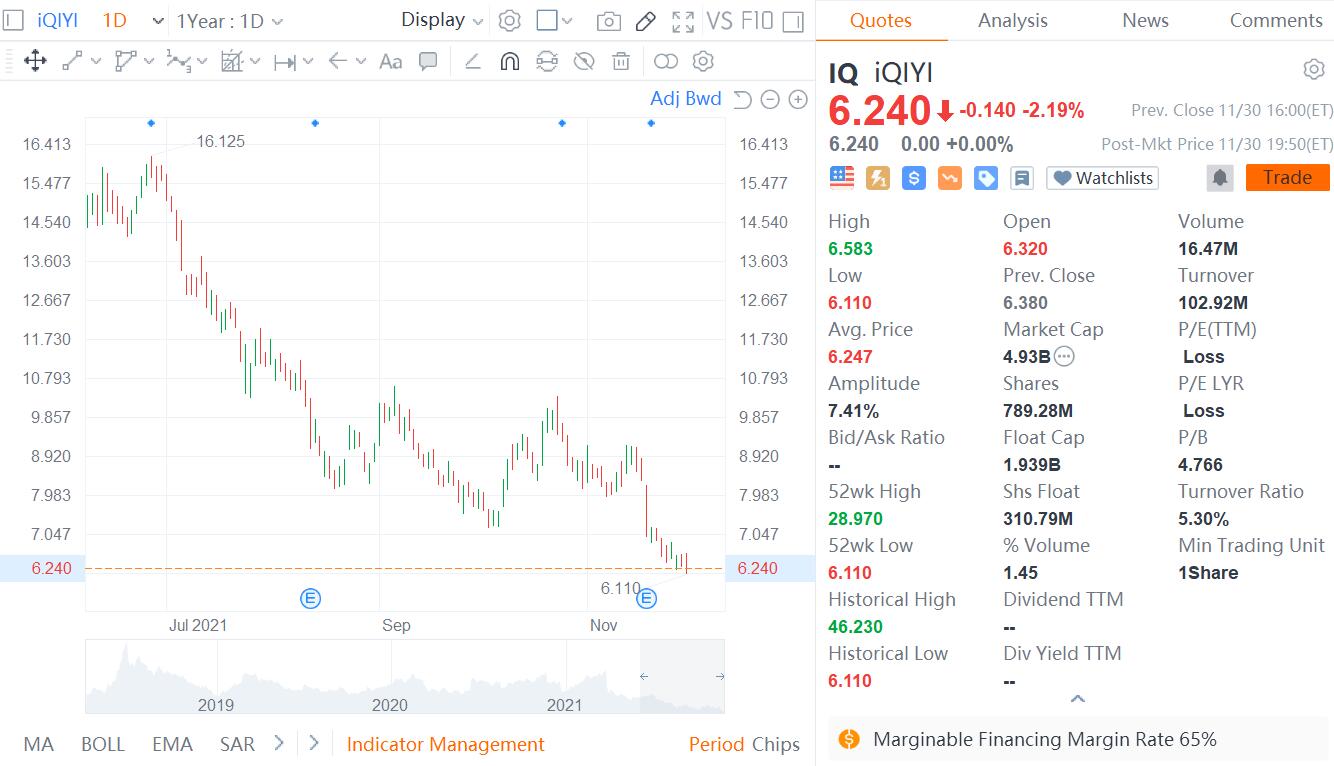
As the outbreak of the new coronavirus continues, some believe that the coming warm weather in the northern hemisphere may slow or even stop the spread of the disease.
The idea that the coming spring may prevent the spread of the disease is mainly due to the comparison with the flu.
In many ways, COVID-19 spreads in a similar manner as the flu, causing typical mild respiratory illnesses and developing into life-threatening pneumonia.
However, the transmission rate and severity of COVID-19 is much higher than that of influenza, and it is unclear whether the transmission of COVID-19 will be affected by seasonal temperature changes.
For the flu, the arrival of spring will cause a significant drop in the number of cases until the fall in temperature.
The seasonality of this flu is thought to be caused by the sensitivity of the virus to different climates and seasonal changes in the human immune system and our behavioral patterns.
Influenza viruses survive better in cold, dry, and weakened UV rays.
For many of us, shorter winters lead to lower vitamin D and melatonin levels, which affects our immune system's ability.
In winter, we spend more time indoors and get closer to other people, which further increases the chance of virus transmission.
It is unclear what effect temperature and humidity have on the new novel coronavirus itself and its transmission, while some other new coronaviruses are seasonal.
The 2002-2003 SARS event (SARS) also began in the northern hemisphere winter and ended in the summer of 2003.
However, SARS cases peaked in May, and the end of the outbreak in July may simply reflect the time required for the virus to contain it, not the impact of summer weather on the virus's transmission.
In addition, related Mers (Middle Eastern Respiratory Syndrome) new coronaviruses are mainly transmitted in hot countries.
The 2009-2010 influenza virus pandemic began in spring, increased in intensity in spring and summer, and peaked in subsequent winters. This shows that in a pandemic, the high incidence of many countries around the world allows the virus to continue to spread throughout the summer.
As a result, warmer weather may reduce the spread of the virus in the northern hemisphere, but it is unlikely to end this growing epidemic.
Special Report: Fighting The New Coronavirus









